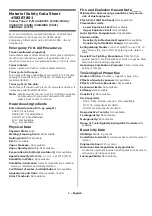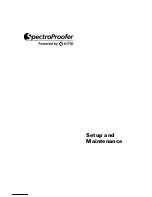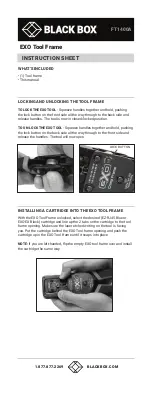
QuercusVL Programming Manual
1. Introduction
QuercusVL
®
units communicates with the client application using the protocol described in the
4. Communications protocol chapter. The protocol is embedded in C and C++ libraries which
are compatible with Microsoft Windows and GNU/Linux.
The advantages and disadvantages of each integration method are described next:
●
Class library in C++:
Dynamically linked library for Windows and GNU/Linux that
provides an object oriented vision of the system. The source code of a proxy in a fully
portable C++ language is provided with the dynamically linked library, which can be
used with any C++ compiling program, the library manages the simultaneous and
transparent communications with various lanes. It implements a high level interface
which facilitates the programming tasks in C++. Available for Windows or GNU/Linux
systems.
●
Function library in C:
Dynamically linked library for Windows and GNU/Linux that
provides an object oriented vision to functions of the system. As in the case of the C++
library, the source code of a proxy in a fully portable C language is provided with the
library, which can be used with any C compiling program. It also manages the
simultaneous and transparent communications with various lanes. Allows programming
with C while keeping the high level vision provided by the C++ library. It can be used
with both C and C++ languages. Available for Windows or GNU/Linux systems.
●
Through UDP protocol of QuercusVL
®
: the definitions of the protocol used for the
communication activities are provided in a header file (VL.h) including examples of use,
programmed in ANSI C. In addition, the basic routines for UDP communications are also
provided in files UDPTools.c and UDPTools.h. With the mentioned files, any client
application that interacts with QuercusVL
®
can be programmed from any device with
network transmission capabilities.
Quercus Technologies
14















































